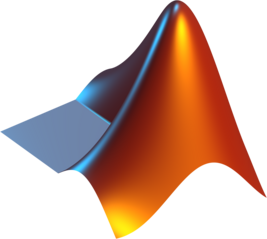About Me
Once you stop learning, you start dying.
”I am a passionate engineer who sees engineering as a beautiful blend of science and art. This passion drives me to explore and innovate, finding creative solutions that merge analytical thinking with practical design.
Fully committed to the philosophy of life-long learning, I constantly strive to expand my horizons and stay curious about the world around me. My deep interest in mathematics, physics, signal processing, and programming has naturally led me to pursue a career in computer vision, machine learning, and robotics—fields where these disciplines converge to create impactful technologies.
Beyond engineering, I am an avid photographer. As both a photographer and an engineer, I bring a unique perspective to problem-solving, visualizing challenges from different angles while thinking logically and linearly. Photography has taught me to appreciate the art of observation, which complements my analytical mindset and enriches my approach to tackling complex problems.
Every day, I aim to merge creativity with technical expertise, striving to make meaningful contributions in both my professional and personal pursuits.



